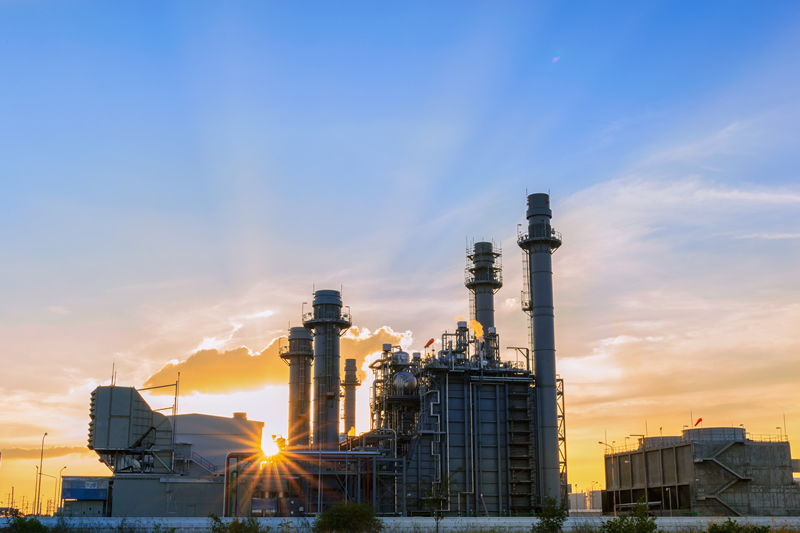Two Major British Carbon Capture Projects Unveiled
8
Two large Carbon Capture, Usage and Storage facilities have been recently granted planning permission with full backing by the UK Government. One project is located near Hull in East Yorkshire and the other near Middlesbrough in Teesside.

H2H Saltend
Equinor’s 600-megawatt (MW) low carbon blue hydrogen production plant, H2H Saltend, with carbon capture technology, has been granted planning permission by the East Riding of Yorkshire Council. Located in the Saltend Chemicals Park in Hull, the 600MW project will replace an existing steam methane reforming unit (which produces grey hydrogen from fossil gas) with a high-efficiency autothermal methane reformer (ATR) and CCS technology that Equinor claims will capture “at least” 95% of CO2 emissions.
The hydrogen produced at Saltend will be used to meet both existing and new demand within the industrial park and nearby area, with many processes that currently run on gas switched to run on H2 instead. This includes a plan to blend hydrogen into the gas-fired Triton Power Station, owned by Equinor and utility SSE Thermal, located within the chemicals plant.
The East Coast Cluster, of which H2H Saltend is just one project, aims to store CO2 from power plants which directly feed in their emissions, including Keadby 3 Carbon Capture Power Station, owned by Equinor and SSE, and Drax’s biomass-fired plant. The decision on H2H Saltend comes a month after a 1GW project at Stanlow refinery, linked to the HyNet cluster, became the first to secure planning consent. Construction work on the Stanlow refinery is expected to start this year.
The full 600MW of H2H Saltend has been granted planning permission, while the HyNet project is set to be built in two phases: with the first 350MW phase given full planning consent by local authorities, and the second 750MW preliminary consent. H2H Saltend becomes the third carbon capture project in the Humber region to secure planning permission, following the Drax BECCS project and Keadby Carbon Capture Power Station.
Net Zero Teesside Power (NZT Power)
Aims to be one of the world’s first commercial scale gas-fired power stations with carbon capture, has received development consent from the UK Government. Development consent includes onshore CO2 gathering and transport infrastructure operated by the Northern Endurance Partnership (NEP). NZT Power, which aims to take a final investment decision in September 2024 or before, could generate up to 860 megawatts of low carbon electricity.
The planned Net Zero Teesside Power project, which aims to be one of the world’s first commercial scale gas-fired power stations with carbon capture, took another step forward after receiving development consent from the Secretary of State for Department for Energy Security and Net Zero (DESNZ) following a recommendation from the Planning Inspectorate (PINS).
Consent was granted following a joint application between NZT Power and the Northern Endurance Partnership. NZT Power is a combined-cycle gas turbine electricity generating station with an abated capacity of up to 860 megawatts output with carbon dioxide (CO2) capture plant. The NEP project includes a CO2 gathering network on Teesside to transport captured CO2 from industrial emitters; a CO2 gathering/booster station to receive the captured CO2 from the gathering network and from NZT Power and the onshore section of a CO2 transport pipeline for the onward transport of the captured Net CO2 to the offshore Endurance store.
Ian Hunter, Managing Director, NZT Power, said: “The granting of a Development Consent Order is an important step towards the development of the UK’s first full-scale integrated power and carbon capture project. We thank the planning inspectorate and the Secretary of State for their work during this process and look forward to taking the project forward to a planned final investment decision in September 2024 or before”.
Carbon Capture and Storage (CCS) could be key in the reduction in Carbon Dioxide (CO2) from industrial processes. Protea’s range of gas analysers have been used both in research into emerging technologies for CCS, but will also play an important role in the regulatory emissions monitoring from installations of CCS. Carbon Storage Protea’s atmosFIR FTIR gas analyser has proven a valuable tool in research into the effective storage of Carbon Dioxide (CO2) in the North Sea.
#protea #emissions #monitoring #cems #ftir #gas #analysers #shipping #marine #carbon #capture
Other Articles
Global Underground CO2 Storage Data Offers Hope Amid Rising Emissions
01
IMO Postpones Adoption Of Global Net-Zero Shipping Framework
04
Pioneering Carbon Capture Projects Ready For Construction
03
Methanol & Ammonia Deemed Ready As Zero-Emission Shipping Fuels
01
Carbon Capture Storage Reaching A Turning Point In Decarbonisation
13
CCS To Capture 15% Of Shipboard Carbon Emissions By 2050
29
Global Shipping Industry Struggles To Navigate Net Zero Transition
21
Carbon Capture Surges as Economics Policy & Industry Demand Align
14
GHG Emissions At Ports On The Rise Despite Initiatives
07
Carbon Capture Utilisation & Storage In A Nutshell
30